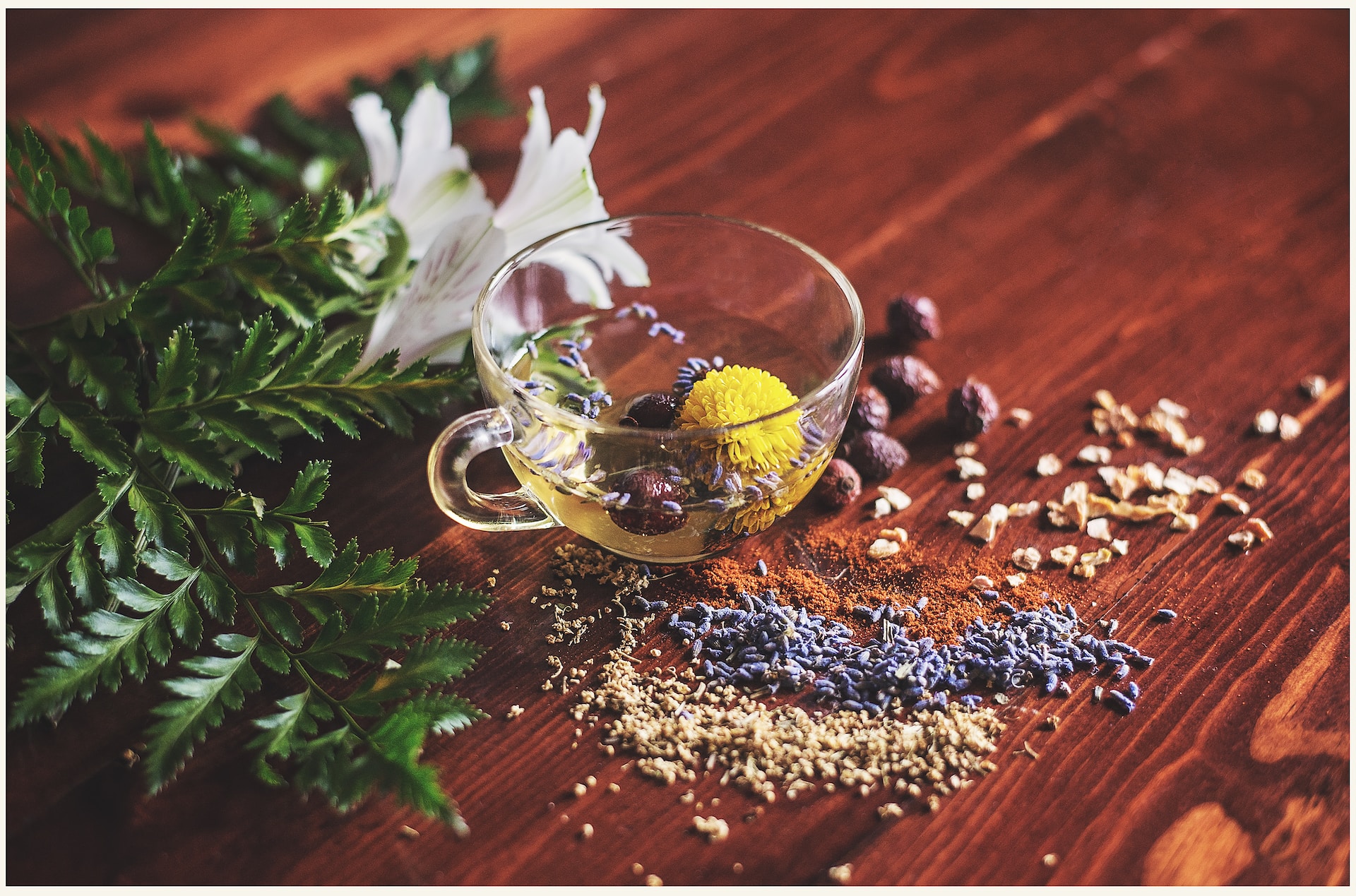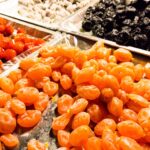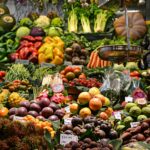Choosing the Right Fruit
Choosing the right fruit forms the basis for making homemade dried fruit tea. Various fruits are suitable for drying, each lending a unique flavor and aroma to your brew. As shared in the steepster.com discussion, you could consider fruits like apples, pears, peaches, or even a medley of berries.
Assess your choices based on factors such as local availability, price, and the season when particular fruits ripen for maximal flavor. For example, while apple and pear are versatile and readily available, summer fruits like peaches and berries exhibit intense flavors and aromas when in season.
Making homemade dried fruit tea is not only an opportunity to enjoy a delightful cup but also a way to be in sync with nature’s cycles. By focusing on seasonal and locally available fruits, you can reduce your carbon footprint associated with transporting out-of-season fruits from far-flung places.
Preparing the Fruit
Before you start drying your selected fruits, they must be well-prepared. Begin by cleaning your fruits thoroughly to remove any dirt or residues. Depending on the type of fruit, you may also need to peel and deseed them.
According to cauldronsandcupcakes.com, you should cut larger fruits into small bite-sized pieces before drying. Smaller pieces ensure uniform drying, plus they later infuse better when you brew your tea.
By preparing your fruit correctly, you can minimize waste, another step towards living more sustainably. And remember, your scraps like peels and seeds don’t need to go to waste – consider composting them for enriched garden soil.
Drying the Fruit
Now to the crux of the matter – drying the fruit. Traditionally, sun-drying was the prevalent method and continues to be a favorite among nature-lovers. Spread your prepared fruit pieces on a clean surface, allowing them to dry naturally under the sun.
However, as the steepster.com discussion notes, modern food dehydrators offer a quick and effective way of drying fruits. These gadgets maintain consistent temperature and air circulation, ensuring even drying while preserving the fruit’s nutritional content.
Regardless of the method you choose, be cautious of moisture retention, which can lead to mold growth. The dried fruit should feel leathery but pliable.
Storing the Dried Fruit
Once dried, your fruit needs proper storage to retain its flavor and freshness. Select airtight containers for storage – glass jars with tight lids are a great choice. Store them away from direct sunlight, preferably in cool, dark places.
For optimal conditions and to avoid spoilage, refer to storage recommendations from cauldronsandcupcakes.com. Correct storage techniques, combined with a rotation system, can ensure that your dried fruit teas last longer, reducing food waste and further contributing to a sustainable lifestyle.
Making the Tea
Homemade dried fruit tea is simple to prepare. Simply steep your dried fruits in hot water until you reach the desired strength. Adjust quantities to suit your preference or experiment with different combinations.
For an added twist, why not try adding herbs and spices? The options are limitless and entirely personal. Making homemade dried fruit tea gives you creative freedom, reduces your reliance on commercially packed teas, and encourages a fuller use of nature’s bounty.
Remember, every cup is a testament to sustainable living and a gentle nod to our bond with nature. Enjoy the taste and aroma of your homemade dried fruit tea knowing you’ve made a positive impact on our planet.




